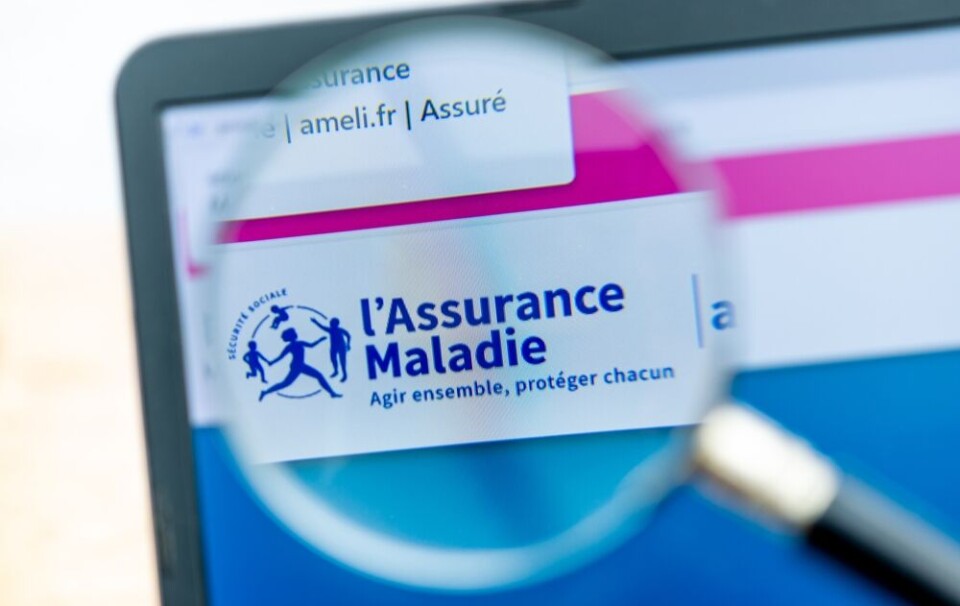Millions of people are set to hit the asphalt in France for their summer holidays, including many taking the ferry across the English Channel.
However, some of them may have never been on French roads before, and even experienced drivers may not be aware of all of the rules in the country, particularly during the warm summer months.
Below, you can find some of the main rules and key points to remember for your next road trip.
Safety rules
Drink driving
Alcohol limits are stricter in France compared to other countries such as the United Kingdom and the United States.
In France, the limit is 50mg of alcohol content in 100ml of blood, while in the UK (excluding Scotland) and the US, it is 80mg of alcohol per 100ml.
France also has stricter rules in place for newer drivers on a probationary licence, dropping the limit to 20mg of alcohol per 100ml.
Drivers with between 50mg and 80mg of alcohol content per 100ml may be fined up to €135 and prevented from continuing their journey until their levels lower.
Above this, heavy fines, suspension of your licence for up to three years, and a two-year prison sentence are possible.
Hot weather can increase the amount of alcohol in your bloodstream from drinks.
Laws are set to change in France, and if a drunk driver kills a person in an accident, they will be charged with the new homicide-routier offence and not homicide involontaire (manslaughter).
Footwear
There are no direct rules against driving in flip-flops, barefoot, or in any specific type of footwear, as long as it does not impact your ability to manoeuvre the vehicle as usual.
Article R412-6 of the Code de la route (French driving safety rules) states “that every driver must always be able and in position to easily, and without delay, carry out all the manoeuvres which might be required.”
Realistically, police generally see driving in sandals or similar footwear as a risk, as they can easily slip off and get stuck behind the pedals, leaving the driver unable to control the car.
This is the case even if the driver seems to have the vehicle under control at the time they are stopped.
Fines for this can reach €135, so it is best to drive in sensible footwear, even if it is hot.
Keeping arms and legs inside the vehicle
Again, there are no direct rules against this. However, police can argue that a driver who has their arms outside the vehicle does not have full control of it in case of an accident, again falling foul of Article R412-6 of the Code de la route.
Fines are less strict, reaching up to €35, but in the event of an accident, you may be judged responsible if your arm was outside of the vehicle.
For safety reasons, passengers should also keep their body parts inside the vehicle at all times, particularly if driving at high speeds.
Having your pet in your car
Animals cannot roam free in the vehicle, and must be secure either in a carry case or a pet-friendly travel bag.
Dogs can also be kept in place using a specific dog seatbelt or in the boot of the car, provided there is a dog guard or net to prevent them from entering the main part of the car.
Carrying items on top of your car
You are allowed to carry items on top of your vehicle, provided you have installed a roof rack (barres de toit).
The width of the load cannot exceed 2.55 metres, and no items should be longer than the vehicle itself.
There is no official height limit, but again, police can stop drivers they believe are putting themselves or others in danger.
Overhanging items should be securely fastened, and nothing should be loose, particularly if it can drag along the ground, including tarpaulins and chains that may be used to hold items down.
There are no specific weight limits, but vehicles cannot exceed their maximum mass allowance (PTAC or MMTA), which includes the combined weight of the vehicle, passengers, and items inside. This limit is found on your vehicle registration documentation.
Do not be like this driver who was caught carrying an extra 500kg of goods on their car in south-west France
You can find other safety advice related to issues such as littering, smoking, or eating at the wheel here.
Driving rules
Driving in the middle lane and undertaking
Drivers should remain on the right-hand lane as much as possible, only using the centre- and left-hand lanes for overtaking, as stated in Article R412-9 of the Code de la route.
Those who remain in the middle lane too long can be fined €35 if caught by police.
There is an exception for periods of heavy traffic, when drivers can use all lanes available.
Undertaking (passing a car from the right) is illegal, and a driver can receive a €135 fine.
Driving too slowly
Drivers who are too slow – posing a risk to themselves and others – also risk a fine.
Generally, this is up to the discretion of police officers, who will act if they believe a person’s driving is dangerous (including if they are going too slow).
However, it is illegal to drive less than 80 km/h on the farthest-left lane of a carriageway, unless there is traffic or poor weather.
Weather conditions change rules
Weather conditions, such as storms and heavy rain, can lower speed limits.
Drivers are usually informed of the new speed limits by electronic billboards on the side of motorways, but they should judge for themselves if weather conditions are bad. If so, they should drive slower, particularly on smaller roads where billboards are not installed.
You must also be careful about using the right lights during foggy conditions.
There are no specific rules for driving in hot weather, but drivers should be cautious on the road.
This includes staying hydrated, taking frequent breaks, and parking your car in the shade to let it cool down.
Carry these items in your vehicle
Certain items must be in your vehicle or your possession at all times, including your driving licence (or authorised digital alternative) and vehicle registration, a yellow safety jacket for the driver and safety warning triangles.
Spare tyres are not a legal requirement, but are highly recommended.
Our article here provides a full overview.
Technology rules
Using your phone
Article R412-6-1 of the Code de la route bans all use of smartphones by drivers, in all scenarios, if the car is moving or stopped at traffic (and the engine is still running).
This includes using driving-specific apps such as GPS or answering hands-free calls - and there is even debate about whether they can be used to pay at tollbooths.
Fines can reach €135, and drivers lose up to three points on their licence. However, in certain cases it can reach up to €1,500 (€3,000 for late payment)..
This includes any screens not intended to help the driver, including tablets.
Hands-free devices
Hands-free devices are allowed if the noise is played out loud, such as through the phone’s or car’s speaker.
Using headphones or any other in-ear device is illegal.
Speed camera detectors
Detectors that sense the presence of a speed camera in France are illegal.
This includes both the physical boxes that can detect the electromagnetic waves of speed cameras, and devices that use your live location to inform you of where upcoming speed cameras are located.
However, driving assistance apps such as Waze, which can warn drivers to slow down in an area, are legal.
This is because they ask drivers to do this for several reasons – including traffic accidents, roadworks and higher accident rates – and encourage safer driving, as opposed to slowing down just for cameras.
Be careful about using the app when driving, as this can count as using your smartphone if you interact with it.
It is better just to let the app run and stop touching your phone as soon as you begin driving.
Using the air conditioning
Air conditioning can only be used when the vehicle is on.
Parked cars should turn their engines off, therefore cutting power to the air conditioning, even if someone is still inside the vehicle.
Fines for leaving the engine running can reach up to €135.





























